Beereview – "Nossa" and "Magnífica" [ENG/ESP]
Hey hey, beer lovers! How is it going? I hope you're doing well.
Here I am again with a new beereview for this week's #beersaturday challenge – as in my previous post here, where I talked about the IPAs I had when I traveled to Olinda, today I'm reviewing two beers that are only sold locally, one in Pernambuco and the other in Maranhão.
Versión en español¡Hey hey, amantes de cerveza! ¿Qué tal todo? Espero que estén muy bien.
Aquí estoy otra vez con una nueva reseña cervecera para el reto semanal de #beersaturday – igual que en mi publicación anterior, donde hablé de las IPAs que tomé cuando viajé a Olinda, hoy voy a reseñar dos cervezas que solo se venden localmente, una en Pernambuco y la otra en Maranhão.

Between the two, the first one I tried was actually Magnífica, from the state of Maranhão. I was excited to taste it since the label says it's made of cassava – a pretty unique ingredient for brewing beer. So as soon as I arrived in Maranhão's capital city, São Luís, I started the hunt for Magnífica – and I have to say, it wasn't easy to find. I wandered around the historical center and couldn't spot it anywhere – funny enough, I even came across a craft beer from my home state, São Paulo, but not the local one at all. I kinda gave up on the first day, until I suddenly found it in Alcântara, the city of historical ruins – I've already written about my experience there, you can check it out here and here.
Well, I had walked into a small grocery store – with an old school vibe, it felt like I'd stepped back into the 80s – just to grab some snacks and beers to take to the beach. I wasn't even looking for Magnífica anymore, but there they were, tucked away in the fridge. I remember being shocked by how cheap everything was; with 20 reais, I managed to buy all kinds of stuff – chips, sandwich cookies, soda, and enough beer to spend the whole afternoon at the beach.
Versión en españolDe las dos, la primera que probé fue Magnífica, del estado de Maranhão. Estaba entusiasmada por probarla, ya que en la etiqueta decía que está hecha con yuca – un ingrediente bastante inusual para hacer cerveza. Así que cuando llegué a São Luís, la capital de Maranhão, comencé mi búsqueda por Magnífica – y tengo que decir que no fue fácil de encontrar. Recorrí el centro histórico y no la vi por ningún lado – lo curioso es que incluso encontré una cerveza artesanal de mi estado, São Paulo, pero no la local. Casi me rendí el primer día, hasta que de repente la encontré en Alcântara, la ciudad de las ruinas históricas – ya escribí sobre mi experiencia allí, pueden leerla aquí y aquí.
Entré en una tiendita – con un aire bien retro, parecía que había viajado a los años 80 – solo para comprar algunos bocadillos y cervezas para llevar a la playa. Ya ni siquiera estaba buscando la Magnífica, pero ahí estaban, escondidas en el frigorífico. Recuerdo que me sorprendió lo barato que era todo; con 20 reales logré comprar de todo – papitas, galletas rellenas, refresco y suficiente cerveza para pasar toda la tarde en la playa.
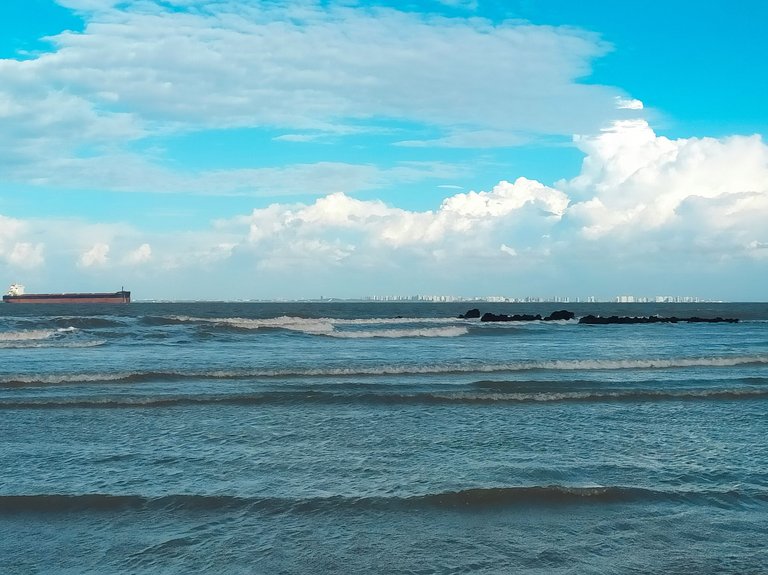
You can see São Luís from pretty much every place in Alcântara
That day, my original plan was to visit the Alcântara Launch Center, the military base known for its rocket launches. But the process for visiting is quite bureaucratic – you need to request it in advance, and I didn't manage to get the timing right as always. So I gave up on that and just headed to the nearby beach instead, known as Itatinga Beach. And, well, no regrets. The beach was totally desert, we basically had the whole place to ourselves. So we set up on the sand and started a picnic.
Versión en españolEse día, mi plan original era visitar el Centro de Lanzamiento de Alcântara, la base militar conocida por sus lanzamientos de cohetes. Pero el proceso para visitar es bastante burocrático – hay que solicitarlo con antelación, y como siempre, no logré coordinar bien los tiempos. Así que desistí y fui directamente a la playa más cercana, conocida como playa de Itatinga. Y bueno, cero arrepentimientos. La playa estaba completamente desierta, básicamente la teníamos solo para nosotros. Así que nos acomodamos en la arena y empezamos un picnic.
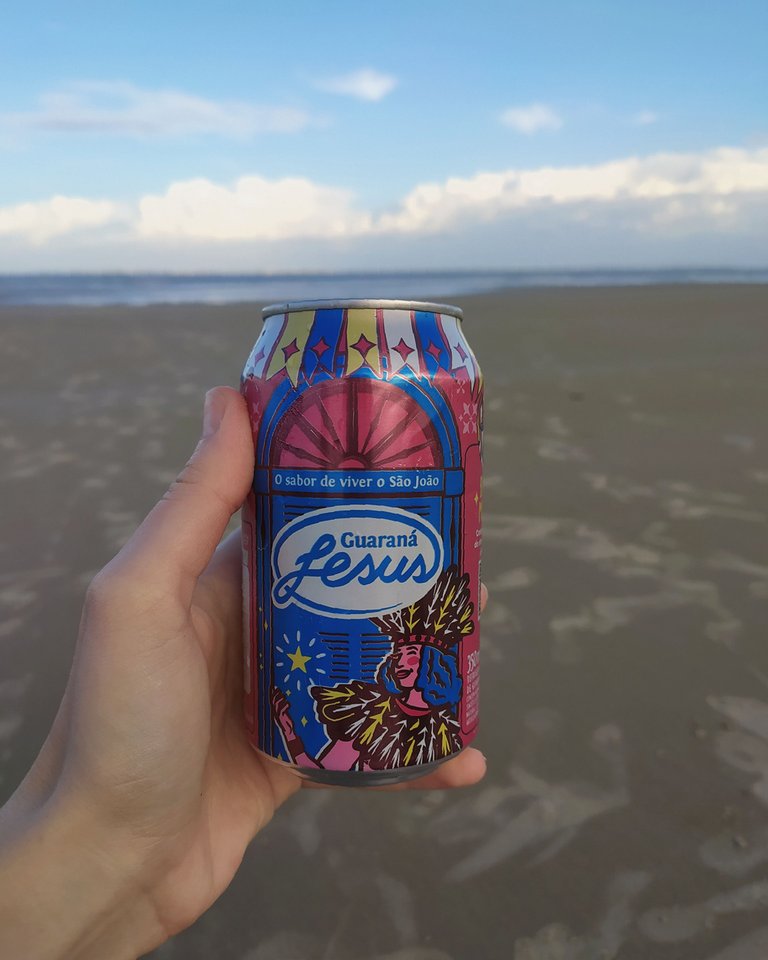
Guaraná Jesus is a famous local soda
So, talking about the beer now: as I said before, Magnífica was launched in 2018 by Ambev, exclusively in Maranhão. What makes it stand out is its use of cassava as one of the main ingredients, sourced from local small farmers. The idea behind this project, called Roots, was to promote regional identity and strengthen local economies. It also includes other regional beers designed for local consumers: Legítima, in Ceará; Nossa, in Pernambuco (which I’ll talk about next); Esmera, in Goiás; and Berrió, in Piauí – this last one made with cashew instead of cassava. Magnífica is an American Lager with 4.5% ABV and 8 IBU. The label features patterns inspired by Portuguese tiles, which are a strong symbol of the capital city, São Luís. The city is famous for its colonial architecture, and especially for the thousands of colorful tiles covering the buildings through the historic center. Y ahora sí, hablando de la cerveza: como mencioné antes, Magnífica fue lanzada en 2018 por Ambev, exclusivamente en Maranhão. Lo que la hace especial es el uso de yuca como uno de los ingredientes principales, comprada a pequeños agricultores locales. La idea detrás de este proyecto, llamado "Roots", era promover la identidad regional y fortalecer las economías locales. También incluye otras cervezas regionales pensadas para el público local: Legítima, en Ceará; Nossa, en Pernambuco (de la que hablaré a continuación); Esmera, en Goiás; y Berrió, en Piauí – esta última hecha con cajú en lugar de yuca. Magnífica es una American Lager con 4.5% de ABV y 8 IBU. Su etiqueta lleva patrones inspirados en los azulejos portugueses, un símbolo fuerte de la ciudad de São Luís. Esta ciudad es conocida por su arquitectura colonial, y especialmente por los miles de azulejos coloridos que cubren los edificios del centro histórico. Portuguese tiles in São Luís I drank the beer out of a lame plastic cup – well, at least I had a cup haha – so it poured a clear light golden color with a very thin white foam that disappeared quickly – kinda expected given the cup. The aroma was mild, just some cereal notes, and the same went for the flavor. For a corn-based beer, I wasn't expecting thaaat much. Actually, I was curious to know what role the cassava would play in the tasting – if you compare it to other corn beers, like Skol or Brahma, it definitely has a different texture. It's creamier, with a velvety feel that gives the body a slight boost. It also left a subtle sweet aftertaste. Tomé la cerveza en un vasito de plástico cutre – bueno, al menos tenía un vaso jaja – así que se sirvió con un color dorado claro y transparente, con una espuma blanca muy fina que desapareció rápido – algo que era de esperarse, considerando el vaso. El aroma era suave, con algunas notas de cereales, y el sabor fue por el mismo camino. Para una cerveza a base de maíz, no esperaba mucho, la verdad. Lo que me daba curiosidad era saber qué papel tendría la yuca en el sabor – si la comparamos con otras cervezas de maíz, como Skol o Brahma, definitivamente tiene una textura diferente. Es más cremosa, con una sensación sedosa que le da un poquito más de cuerpo. También dejó un retrogusto ligeramente dulce. Months later, when I was in Olinda, I stopped by a small store at the end of my afternoon stroll through the historic center to grab a few craft beers to take home – I was hoping to find Silibrina there, the IPA I'd had the night before and totally fell in love with. That’s when I randomly came across a can of Nossa. Since I was kinda in a rush because I'd take the flight that night, I just had one of it. It features Pernambuco's flag on the label as part of its regional identity. When I took the first sip, the taste felt familiar – that's when I noticed it had the exact same flavor as Magnífica, even the ABV and IBU were the same. If you think about it, it makes sense – the project's goal wasn't exactly to promote different recipes but rather to popularize a beer by using "regional identity" as a hook, while sticking to a recipe similar to mainstream corn lagers like Skol and Brahma. Well, anyways, it works locally – I mean, they're made to be drunk in the scorching heat of the Northeast region. Super light and easy to drink. Meses después, cuando estuve en Olinda, pasé por una tiendita al final de mi paseo por el centro histórico para comprar unas cervezas artesanales y llevarlas a casa – mi esperanza era encontrar la Silibrina, una IPA que había probado la noche anterior y de la que me había enamorado por completo. Fue ahí donde, de casualidad, me topé con una lata de Nossa. Como estaba con algo de prisa porque esa misma noche tomaría el vuelo de regreso, solo tomé una. En su etiqueta aparece la bandera de Pernambuco como parte de su identidad regional. Cuando di el primer sorbo, el sabor me resultó familiar – fue entonces que me di cuenta de que tenía exactamente el mismo sabor que la Magnífica, incluso el ABV e IBU eran idénticos. Y si lo piensas bien, tiene sentido – la intención del proyecto no era necesariamente ofrecer recetas diferentes, sino popularizar una cerveza aprovechando el concepto de “identidad regional”, usando una fórmula similar a la de las cervezas de maíz más comunes como Skol y Brahma. Pero bueno, funciona a nivel local – al fin y al cabo, están hechas para ser tomadas bajo el calor abrasador del nordeste brasileño. Súper ligeras y fáciles de tomar. Have you ever tried one of these regional beers? Let me know in the comments. Thanks for reading! Cheers! 🍺😎
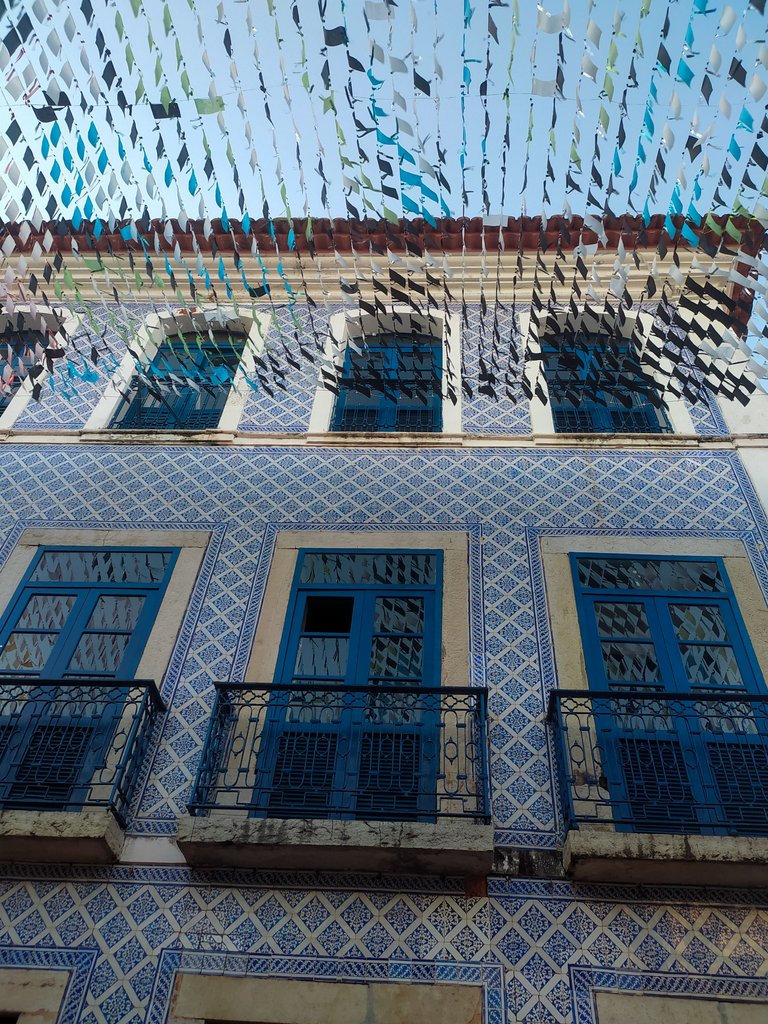
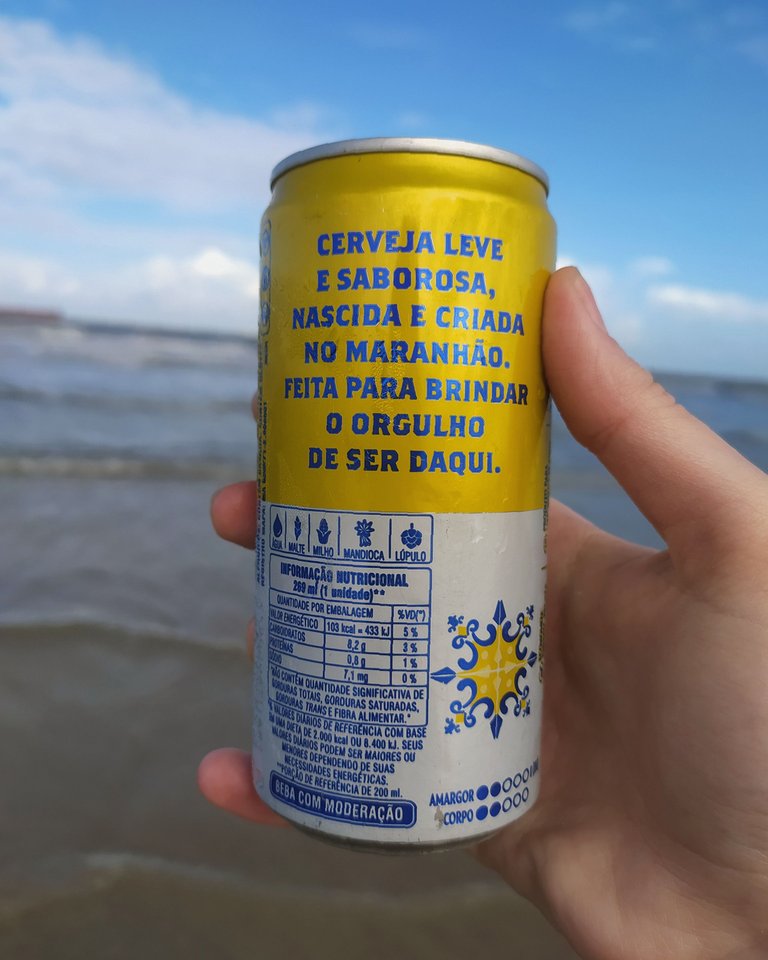
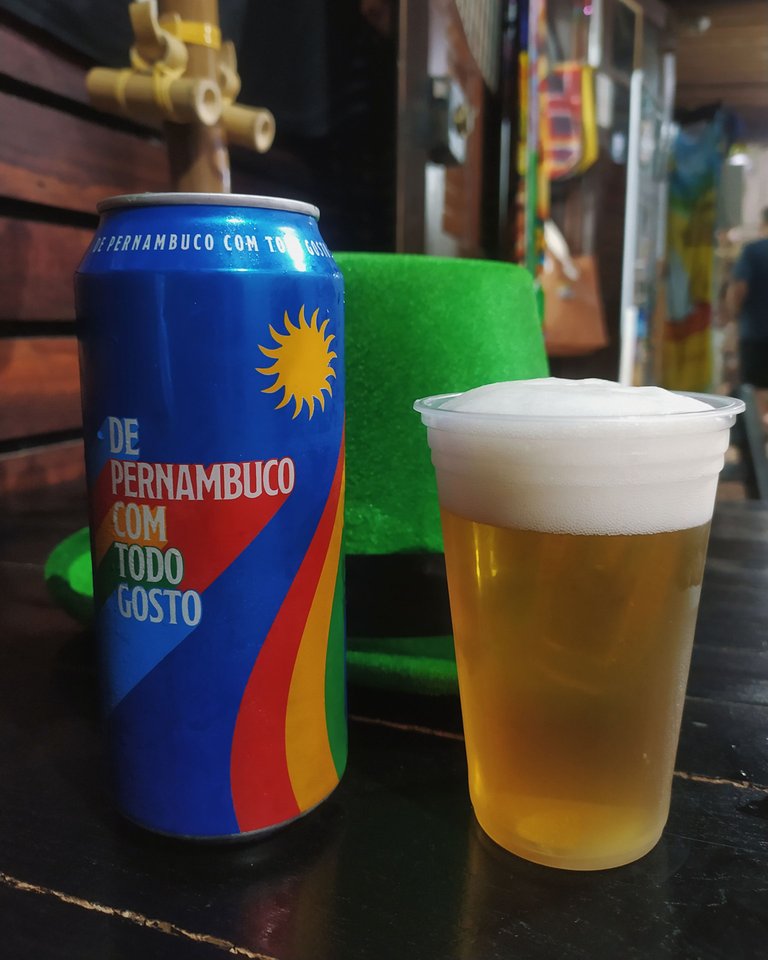
You can check out this post and your own profile on the map. Be part of the Worldmappin Community and join our Discord Channel to get in touch with other travelers, ask questions or just be updated on our latest features.